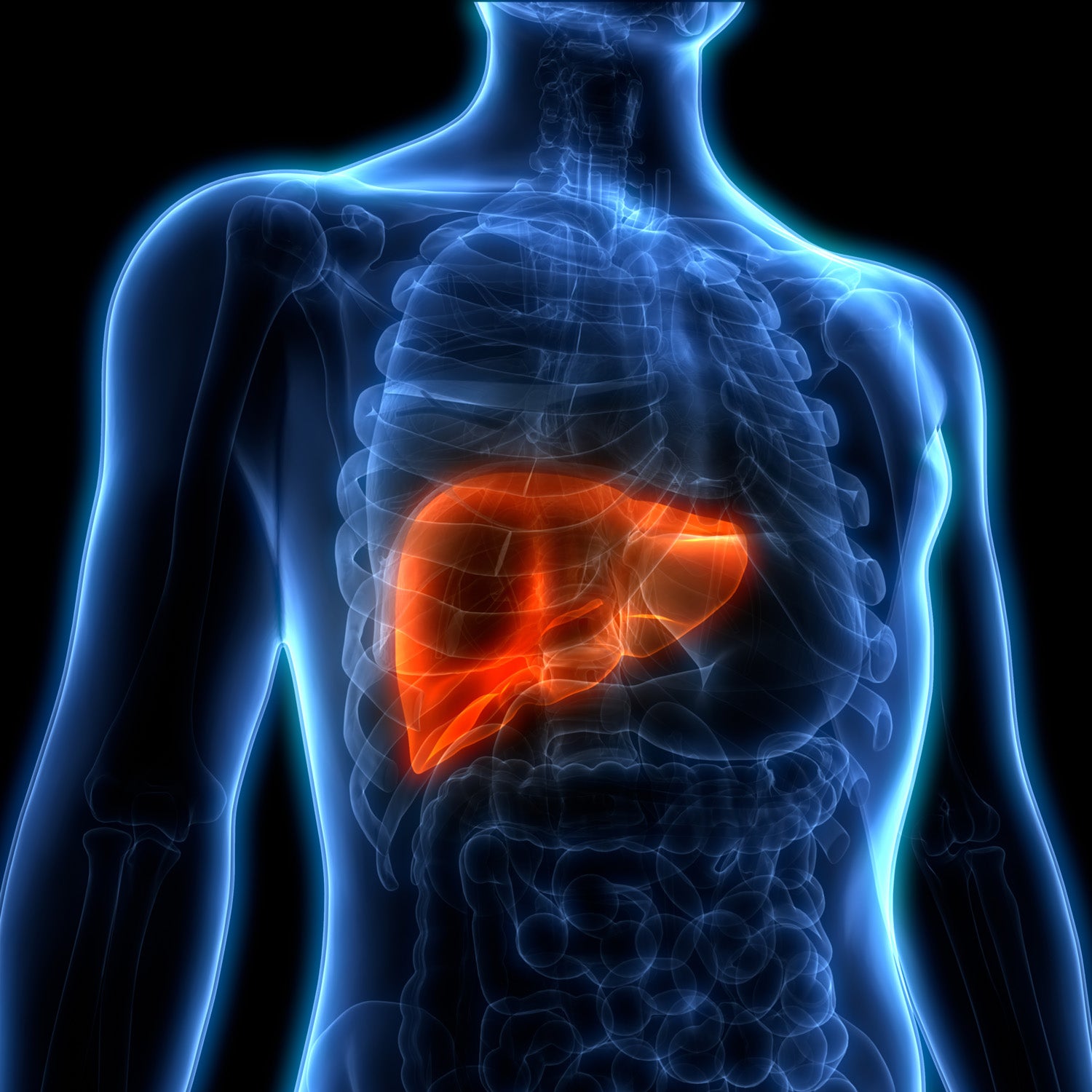Regular fitness training helps keep a number of major illnesses away, including many that affect the liver.
It’s easy to get stale with your routine as an athlete, so drawing on different motivations is a helpful way of staying driven.
While setting new goals or changing up your sessions are common ways of doing this, it can also help to think about the positive long-term effects your training has on your health.
It’s something that’s easy to take for granted, but just using some time to reflect on how lucky we are to be able to train week in week out can give a fresh perspective.
One in four people across the planet suffers from non-alcoholic liver disease at some point in their lives, and it can often cause death.
It’s regularly caused by an imbalance between energy intake and consumption, which leads to fat deposits in the liver over time. This can develop into liver inflammation.
New research indicates that by exercising regularly, you can decrease your likelihood of getting liver disease.
A study conducted by scientists in Germany looked at mice that were fed a high-energy diet, with some also being given treadmill training over a six-week period.
The scientists then examined the mice’s livers and muscles to look for changes. They measured the transcriptome, the mitochondrial proteome, lipid composition, and mitochondrial function.
They discovered the treadmill training had regulated the enzymes responsible for breaking down glucose and fructose in the mitochondria, which provide the energy for exercise.
This put less of a burden on the mitochondrial function and resulted in less fat being stored in the liver. The greater capacity of the lungs, heart and skeletal muscles took strain off of the liver too.
The head scientist on the study, Dr Cora Weigert, said: "The results fit in very well with the approaches of ongoing clinical studies in which inhibitors are tested against some of the targets found here, such as the mitochondrial pyruvate transporter.
“They also show that regular physical activity regulates many targets at the same time key nodes of metabolic pathways, an effect that cannot be achieved with monotherapy."


Share:
5 Omelette Recipes For A Powerful Post-Training Meal
Top 4 Nutrition Supplements To Boost Performance